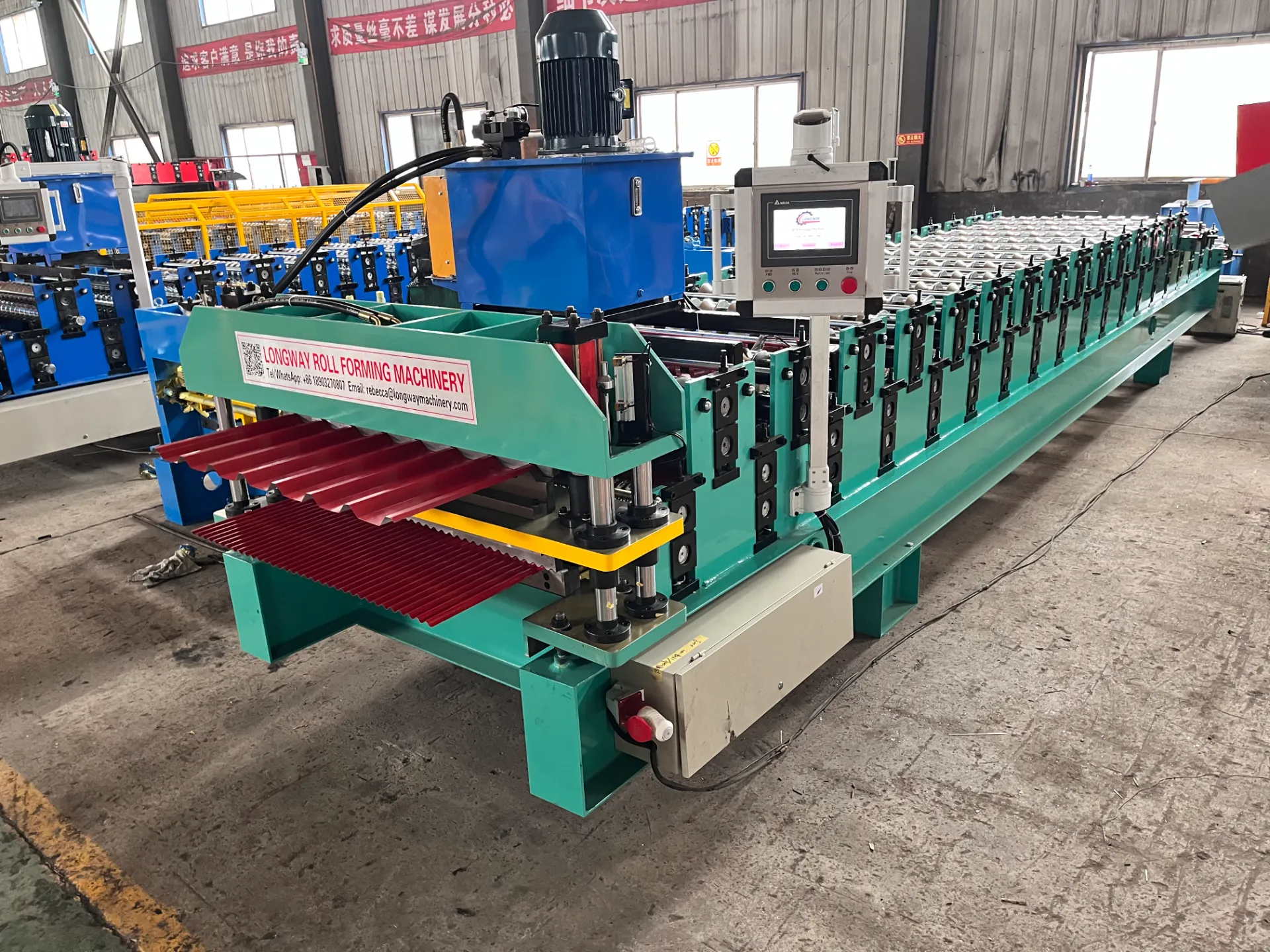Custom Metal Slitting Line Solutions for Precision and Efficiency in Manufacturing
Understanding Custom Metal Slitting Lines A Comprehensive Overview
In the realm of metal processing, efficiency and precision are paramount. One of the most critical operations in this industry is metal slitting, a process that involves cutting large rolls of metal sheets into narrower strips. This operation is essential for a variety of applications in automotive, construction, appliance manufacturing, and other sectors. Custom metal slitting lines play a vital role in this process, providing tailored solutions to meet specific production needs.
What is a Metal Slitting Line?
A metal slitting line is a specialized setup designed to transform wide coils of metal into narrower strips with precise widths and lengths. The equipment typically consists of several components, including uncoilers, slitting knives, tension leveling devices, and recoilers. In a custom metal slitting line, each component can be designed or modified to meet unique specifications and requirements, allowing for increased flexibility and adaptability in the production process.
The Importance of Customization
The benefits of a custom metal slitting line cannot be overstated. Different industries require different types of materials, thicknesses, and dimensions. Customization allows manufacturers to create slitting lines that accommodate specific metal types, such as stainless steel, aluminum, or low-carbon steel. Additionally, they can be designed to handle various thicknesses and widths, ensuring that the final products meet the exact requirements of the customers.
This level of customization often results in improved production efficiency. For instance, tailored slitting lines can minimize material waste, reducing operational costs significantly. By maximizing the yield of each coil, companies can enhance their profitability while simultaneously meeting customer demands for higher-quality products.
Technical Aspects of Custom Metal Slitting Lines
Building a custom metal slitting line involves a detailed understanding of the metallurgical properties of the materials involved. Slitting knives must be engineered to withstand specific levels of hardness and wear resistance, ensuring longevity and performance during the slitting process. Additionally, advanced technology can be integrated into the slitting lines, such as automated controls and monitoring systems, which enhance operational precision and user safety.
custom metal slitting line

The configuration of a slitting line can also influence its performance. For instance, a standard configuration may be suitable for some operations, but others may require specialized designs to accommodate unique workflow or space considerations. Custom slitting lines can provide solutions that enhance not only productivity but also overall workplace efficiency.
Benefits of Custom Metal Slitting Lines
1. Increased Productivity Custom lines are optimized for specific processes, contributing to faster turnaround times and higher output rates.
2. Reduced Waste With precise cutting capabilities, custom slitting lines minimize scrap material, allowing manufacturers to utilize their resources more effectively.
3. Enhanced Product Quality Custom slitting can lead to more consistent and high-quality products by ensuring more accurate cuts and adherence to strict tolerance requirements.
4. Flexibility The ability to adjust specifications quickly means that manufacturers can adapt to market changes and customer needs more readily.
5. Cost-Efficiency By streamlining operations and reducing waste, custom slitting lines can lead to significant cost savings over time.
Conclusion
Custom metal slitting lines represent a key component in modern metal processing. Their ability to adapt to specific industry needs provides manufacturers with the tools necessary to compete in an increasingly demanding market. By investing in a custom slitting line, companies can enhance their production capabilities, reduce waste, and ultimately improve their bottom line. As technology continues to evolve, the potential for customization will likely expand, paving the way for even more innovative solutions in metal processing. Embracing these advancements will enable companies to remain agile and responsive in a dynamic industry landscape.
-
Roof Panel Machines: Buying Guide, Types, and PricingNewsJul.04, 2025
-
Purlin Machines: Types, Features, and Pricing GuideNewsJul.04, 2025
-
Metal Embossing Machines: Types, Applications, and Buying GuideNewsJul.04, 2025
-
Gutter Machines: Features, Types, and Cost BreakdownNewsJul.04, 2025
-
Cut to Length Line: Overview, Equipment, and Buying GuideNewsJul.04, 2025
-
Auto Stacker: Features, Applications, and Cost BreakdownNewsJul.04, 2025
-
Top Drywall Profile Machine Models for SaleNewsJun.05, 2025








